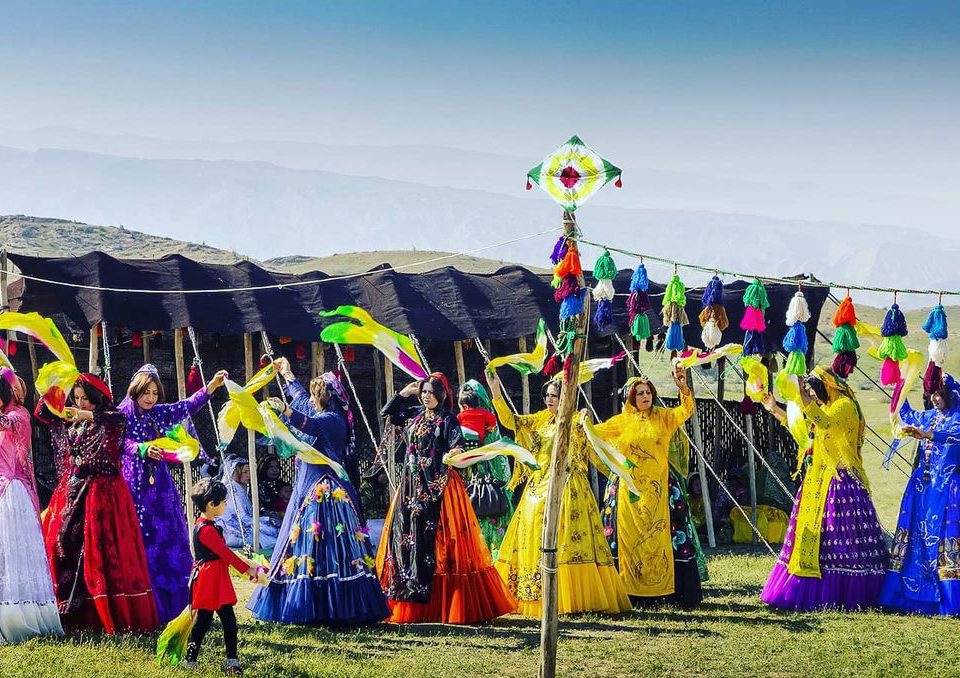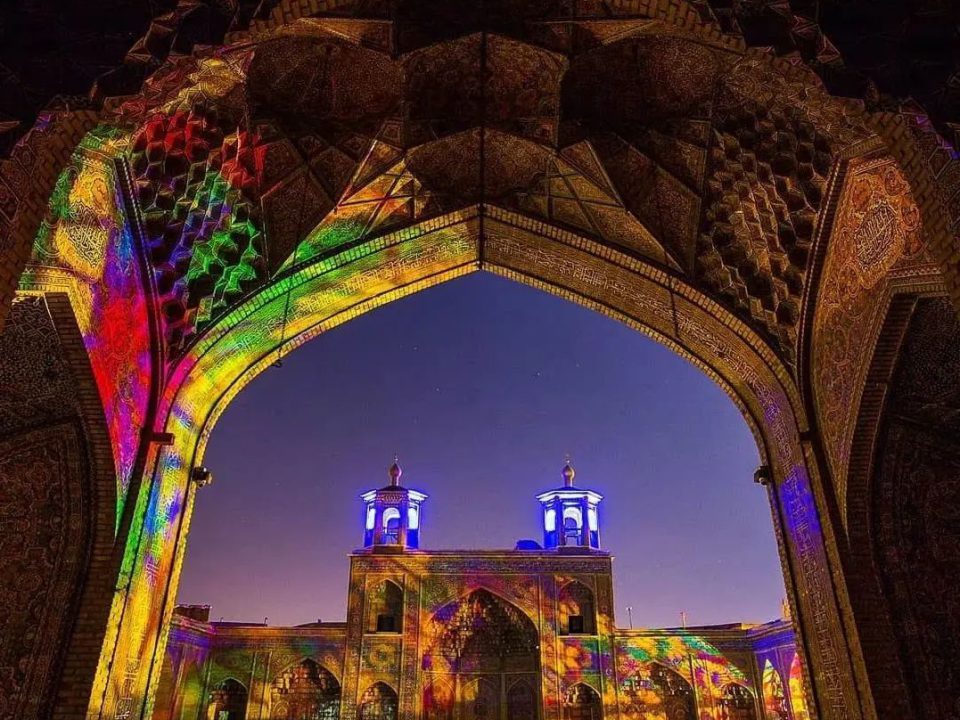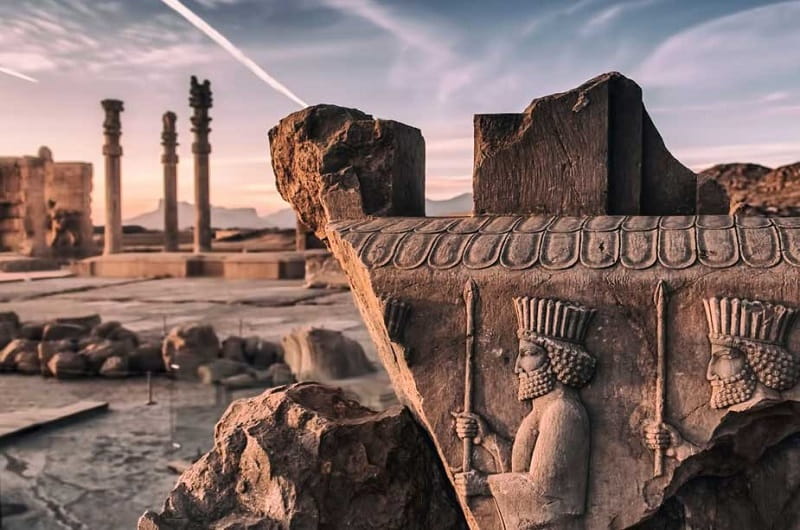Iran's Cultural Mosaic
A Journey Through Diverse Ethnicities and Nomadic Communities
Iran, a land of profound diversity and ancient civilizations, is a treasure trove of cultures, each region adorned with a unique identity and traditions. Beyond the commonly recognized Persian culture, let's embark on a captivating journey through the vibrant mosaic of Iranian ethnicities, exploring the distinct cultures of various regions and nomadic communities.
Each ethnicity becomes a gateway to a different universe, offering a unique perspective on art, music, customs, clothing, values, language, and beliefs. It's a remarkable journey within a single country where the boundaries between these diverse worlds blur, creating a magical experience that transcends the ordinary. Iran, with its myriad ethnicities, is an invitation to explore and celebrate the beauty of differences.
Persians: The Heart of Iran's Cultural Heritage
Originally dominating the central regions, Persians have long formed the majority ethnic group in Iran. Renowned for their profound contributions to literature, philosophy, and the arts, Persian culture has undeniably left an indelible mark on the nation's identity. From the eloquent poetry of Rumi to the intricate designs of Persian carpets, and monuments Persians have been instrumental in shaping Iran's cultural landscape for centuries.
However, the history of this vast territory reveals a dynamic interplay of ethnicities, often shaped by invasions and conflicts. The ebb and flow of influences, whether through the inevitable invasions by Iranians or by external forces, has contributed significantly to the diverse cultural mosaic of Iran. It's crucial to recognize that what is commonly referred to as Persian art and culture is, in fact, a reflection of a multi-ethnic tapestry. As we delve into Iran's diverse cultural tapestry, several major ethnic groups have played pivotal roles in shaping the nation's identity:
Azeri folkloric musicians

Kurds:
Nestled in the western regions, the Kurds are revered for their deep-rooted traditions and a strong sense of identity. Kurdish folklore, expressed through dance, music, and storytelling, weaves tales of resilience and unity. The intricate patterns of Kurdish textiles and the melodious tunes of their traditional instruments transport you to a world where time seems to stand still. Their connection with the mountains is inseparable, a bond that echoes through the ages.
Baluchi Dance

Gilaks and Mazandaranis: Coastal Guardians of Traditions
The lush landscapes of Gilan and Mazandaran, enveloped by dense forests, expansive tea plantations, and the serene Caspian Sea, constitute the most green lands in the country. This verdant haven profoundly shapes the philosophy and lifestyle of the Gilaks and Mazandaranis. The vibrancy of this green region not only influences their deep connection with nature but also plays an important role in shaping their distinctive culture, culinary delights, and traditional clothing. The cuisine of this region stands out prominently, offering a unique and refreshing experience.
A Lur couple in their ancestors' old cemetery

Turkmens:
Inhabiting in the north-east of the country is a community whose essence and behavior have always been grounded in ancient traditions. They consider music and singing as a profound expression of the divine. The Turkmen people hold a sincere belief in the sanctity of the red-colored gemstone in their jewelry, viewing it as a symbol of love, war, and even blood. Hospitality is deeply ingrained in Turkmen culture, displayed in the most humble settings. A community that transitioned from a nomadic lifestyle, embracing a settled life, yet preserving many age-old customs. the Turkmen community is renowned for its woven treasures, captivating with their allure.
Iranian Arabs and the Coffee Ritual

Azeries:
The Azeris, also known as Azerbaijani Turks are an ethnic group primarily living in the region historically known as Azerbaijan, which includes parts of Iran and the Republic of Azerbaijan. In Iran, Azeris are one of the largest ethnic groups, comprising a significant portion of the population. Azeri culture reflects the region's historical connections to the Caucasus. The lively beats of the saz, traditional Azeri music, echo through the markets and celebrations, creating an atmosphere of joy and unity.
Kurdish men and women always stand shoulder to shoulder.

Baluchis:
Are an ethnic group primarily inhabiting the southeastern region of Iran, in the province of Sistan and Baluchestan. They are also found in parts of Pakistan, Afghanistan, and Oman. The Baluchis have a distinct culture, language, and history that sets them apart. Historically, Baluchis have followed migratory patterns, moving with their herds across the region. This nomadic lifestyle has shaped their cultural practices and fostered a deep connection with the natural environment.
Gilak Women in their traditional clothes

Lurs
Are an ethnic group native to the southwestern regions of Iran, primarily inhabiting provinces such as Lorestan, Kohgiluyeh, and Boyer-Ahmad, and parts of Khuzestan. They have a distinct cultural identity, language, and traditions that set them apart from other Iranian ethnicities. Historically, some Lur groups have maintained a semi-nomadic or nomadic lifestyle, engaging in seasonal migrations with their herds. Lurs have traditionally organized themselves in tribal and community structures, contributing to a sense of collective identity.
Turkmen folkloric musicians

Arabs:
Iranian Arabs, primarily residing in the southwestern province of Khuzestan, contribute vibrant cultural highlights to the diverse tapestry of Iran. With Arabic as their primary language, Iranian Arabs maintain a distinct cultural identity manifested in traditional clothing, music, and dance. Rich in agricultural and oil-related activities, the region's economic significance is complemented by the unique cultural festivals celebrated by Iranian Arabs. From traditional weddings to religious ceremonies, these events showcase the community's Arab heritage.
The rich cultural rainbow of Iran extends beyond the major ethnic groups to encompass numerous sub-ethnic communities, each contributing its unique identity to the nation's heritage. Additionally, the nomadic groups, with their strong identities and historical roles, add another layer of complexity to Iran's social and political tapestry. In a future post, exploring these sub-ethnic groups and delving into the stories of nomadic communities will unveil even more facets of Iran's diverse and fascinating cultural landscape. Stay tuned for a deeper dive into the lesser-known but equally significant threads woven into the fabric of Iranian society.



